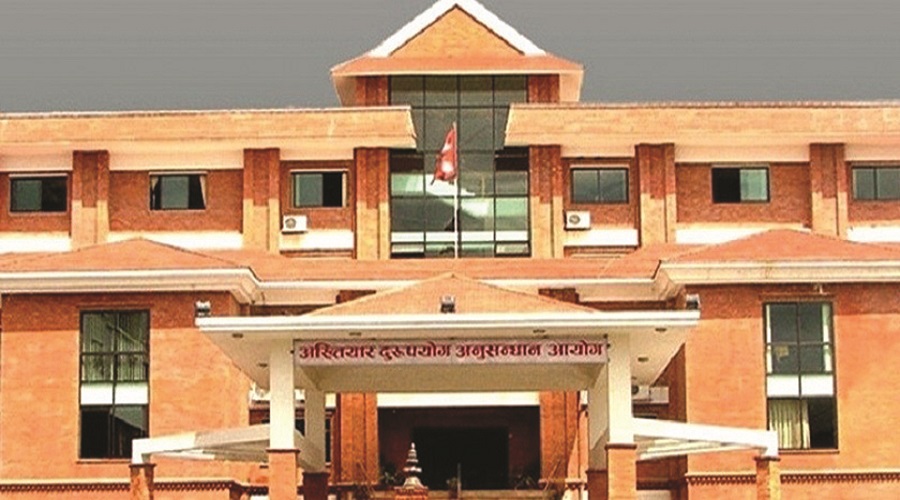KATHMANDU: The Commission for the Investigation of Abuse of Authority (CIAA) has brought 201 corruption-related cases to the Special Court, involving 1,545 individuals in the fiscal year 2023/24, according to its latest annual report. This marked a significant rise in the number of individuals charged, more than double the 766 individuals indicted in the previous fiscal year (FY 2022/23) through 162 cases.
The 34th annual report, submitted to President Ram Chandra Paudel on Sunday, highlighted a substantial increase in the number of complaints received by the anti-graft body. In FY 2023/24, the CIAA registered 26,918 complaints, an increase of more than 6,000 compared to the 20,905 complaints lodged in FY 2022/23.
Breakdown of Cases
Among the 201 cases filed in the review year, 58 were related to financial benefits, while 48 involved bribery. Other notable categories included 34 cases concerning fake educational certificates, 33 cases of damage to public property, 13 related to revenue leakage, 11 cases of illegal asset accumulation, and 4 miscellaneous cases.
The CIAA seeks a total of Rs 8.407 billion in damages from those charged, following investigations that linked 1,545 individuals to various forms of corruption. The commission claimed that it settled 76.59 percent of the cases through screening and preliminary investigations, although it still carried over 9,268 complaints from previous years, making a total of 36,186 complaints for FY 2023/24.
Local Governments Targeted
A major portion of the complaints received in the last fiscal year, 38.91 percent, was related to local governments. This marked an increase from 35.95 percent in the previous year. The education sector accounted for 15.79 percent of the complaints, followed by 6.98 percent related to illegal asset accumulation, 6.49 percent concerning land administration, and 4.71 percent regarding fake educational certificates.
Smaller sectors also saw notable complaint rates, with 3.82 percent of complaints concerning forestry and the environment, 3.68 percent linked to health and population, and 3.61 percent involving physical infrastructure and transport. Complaints related to home administration stood at 3.52 percent, while finance, energy, water resources, and urban development accounted for smaller percentages.
Criticism of CIAA’s Selective Action
Despite the rising number of cases and complaints, the CIAA continues to face criticism for its perceived inaction against high-level officials and influential political figures. The commission is often accused of only taking swift action against lower-level government employees, while more significant cases involving prominent officials remain unaddressed.
The CIAA’s track record over the past decade reveals fluctuating conviction rates. The Special Court saw an 88.24 percent conviction rate in corruption cases in FY 2018/19. However, this has sharply declined in recent years, with the conviction rate falling to as low as 33 percent in FY 2022/23.
Growing Public Concern
The CIAA’s report comes amid growing public concern regarding corruption in Nepal, especially in local governments. The rising number of complaints and cases reflects increasing awareness and dissatisfaction with corruption in the country. Nonetheless, critics argue that without stronger actions against higher-level offenders, the commission’s efforts may fail to significantly reduce graft and promote good governance in Nepal.
This latest report emphasizes the importance of robust anti-corruption measures in safeguarding public resources and ensuring accountability at all levels of government.

